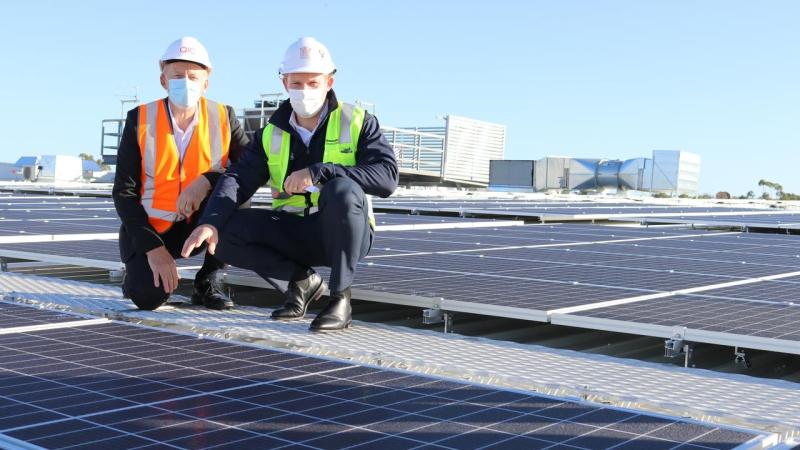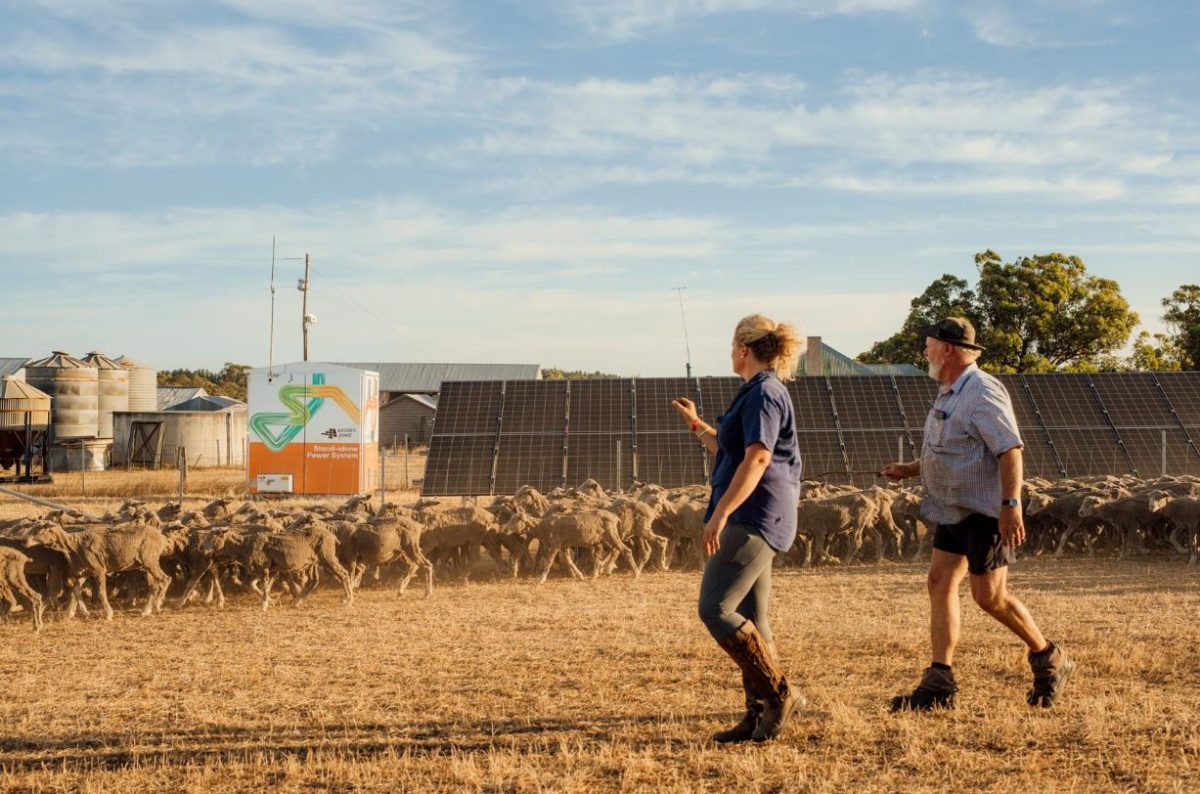https://www.pv-magazine-australia.com/2022/06/18/weekend-read-keeping-fpv-afloat/

Durability is a key concern – particularly for the mooring of FPV systems.
Image: Hitachi Energy
From pv magazine 05/2022
Floating PV (FPV) may become the next success story for renewables beyond dry land, joining offshore wind. FPV is expected to grow by 33.7% between 2021 and 2026. And the trajectory and experience of offshore wind can be instructive for FPV rollout.
The first commercial offshore wind farm was built in Denmark in 1991. At that time the price per megawatt was more than five times higher than onshore wind, and further investment languished. Cumulative global capacity did not top 1 GW until 2007. Today, just 15 years later, global capacity is about 40 GW – representing a compound annual growth rate of about 27.9% over that span – and is forecast to multiply over the next few years.
Just like offshore wind in 1991, the potential of FPV is often overlooked today. For FPV to see the same type of growth trajectory, project stakeholders must learn from the offshore wind pioneers and focus on three key challenge areas to avoid common pitfalls and sustain investor confidence to foster long-term growth.
Wear and tear
Corrosion, wear and tear are the top concerns in offshore renewable energy projects. FPV system owners can reduce the risks of all three problems by focusing on two key vulnerabilities: cables and mooring systems.
As cables are most exposed to wear and tear (and in the case of copper cables, corrosion), offshore wind owners and operators seek to eliminate any cables, including communications cables, where they are not critically needed. This is particularly true of copper, but also fibre-optic communication cables that have been massively reduced with the use of wireless communication technologies in more than 20 offshore wind farms globally, alongside some of the first FPV plants, like the Lac des Toules project in Switzerland.
Where cables cannot be eliminated, FPV parks can at least minimise the use of copper, which is highly susceptible to corrosion and can directly impact power yield losses. Digital substations, like Enel’s 500 MW onshore PV plant in Brazil, where copper cables are replaced with fibre optics, are also emerging.
With floating offshore wind in its infancy, mooring systems have not been proven and FPV site managers cannot leverage learnings from offshore wind just yet. However, a known weak point of all mooring systems occurs at the water surface where air and water make components more susceptible to corrosion. Therefore, at least the avoidance of copper in mooring systems, as well as stringent 24/7 monitoring of the latter, is a must.
Asset management
Given the complexity and cost of fixing assets, managing the health of floating PV systems must focus on downtime and unscheduled maintenance. This is especially true for tracker-based PV systems that have many moving parts. Wireless communications systems, like the one in place at the Lac des Toules project mentioned above, can enable sustained, high-quality asset management capabilities through ultra-reliable data transmission despite eliminating communication cables.
Enabled through industrial-grade wireless communications, SCADA and APM systems track component health, enable detailed monitoring, and control of system components, allowing operators to prognosticate failures in substations, which are the single most important system component for avoiding total system downtime.
Reaching utility scale
As more renewable energy projects of all types are integrated into utility operations, there’s a need to provide true utility-scale service, which is critical to ensure reliable uptime. For PV projects to really perform at utility scale in already advanced energy transition power systems, a set of core capabilities may be required: black-start capability, ramp-rate control, virtual synchronous machine (VSM) capability and, in the case of floating applications, proven offshore ruggedness.
Special battery energy storage systems (BESS) that demonstrate the core capabilities outlined above can help improve reliability. Existing offshore BESS systems, like the one deployed by Australian company Woodside on its Goodwyn offshore platform, provide valuable insights that can be applied to large-scale FPV projects.
Rely on experience
Even with large-scale installations already online, major hurdles exist for sustained operations of FPV in most areas of the world as the industry aims to match onshore PV asset total life-times of 20 to 30 years. Bankability, insurability, and the real appetite of large owners and operators to pursue utility-scale FPV are yet to be proven.
According to the World Bank Group, conservative estimates see a 400 GW potential of floating solar globally. Similar to the wind industry’s global trajectory, going offshore will likely be essential for sustained utility-scale PV growth. Leveraging proven offshore wind technologies and experience from leading offshore wind players is a must for the World Bank Group’s forecasts to turn into a reality.
About the author
Gian Schelling leads Hitachi Energy’s renewables automation and energy storage global matrix team. The division’s renewables-focused experts specialise in marketing, selling, servicing and co-creating end-to-end wind, PV, BESS, and hydrogen automation and communication solutions.
This content is protected by copyright and may not be reused. If you want to cooperate with us and would like to reuse some of our content, please contact: editors@pv-magazine.com.
<



